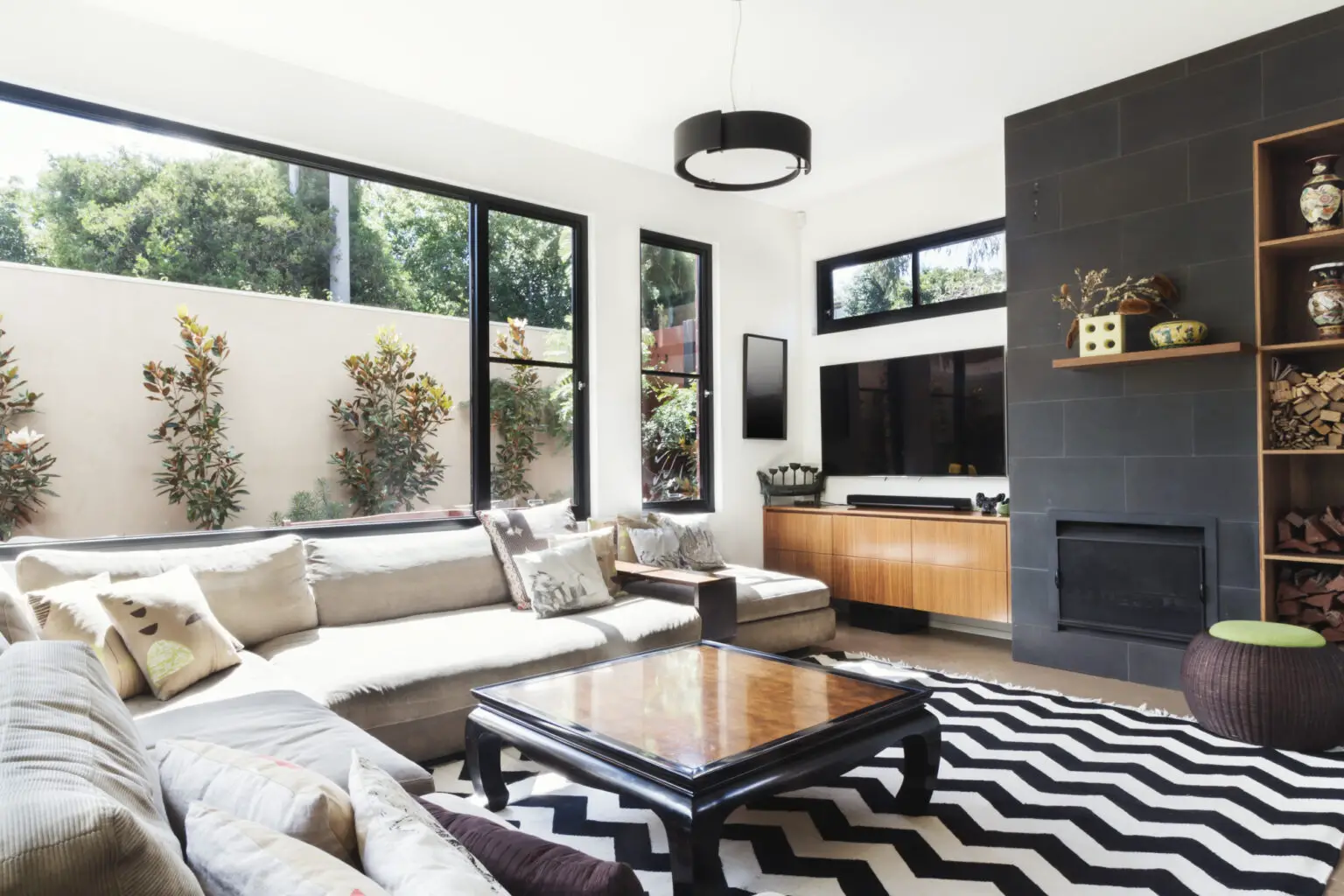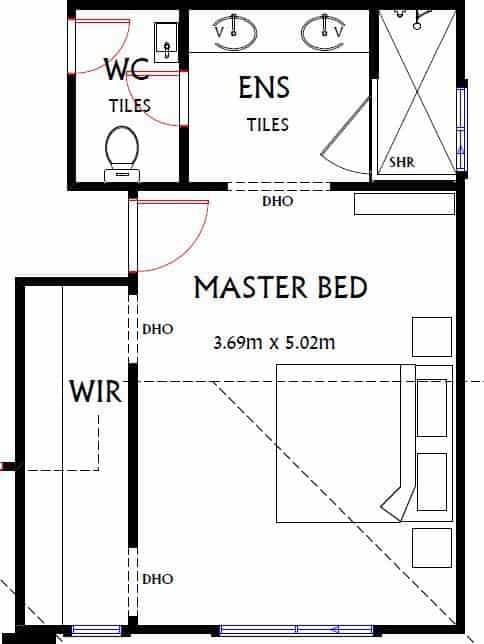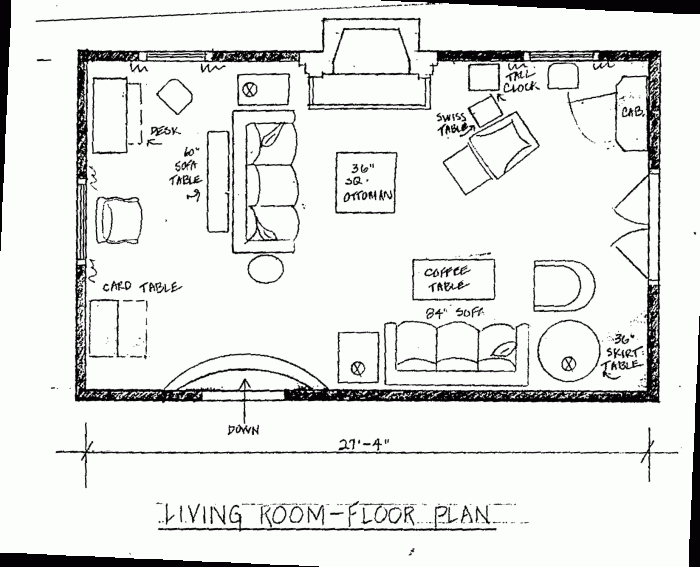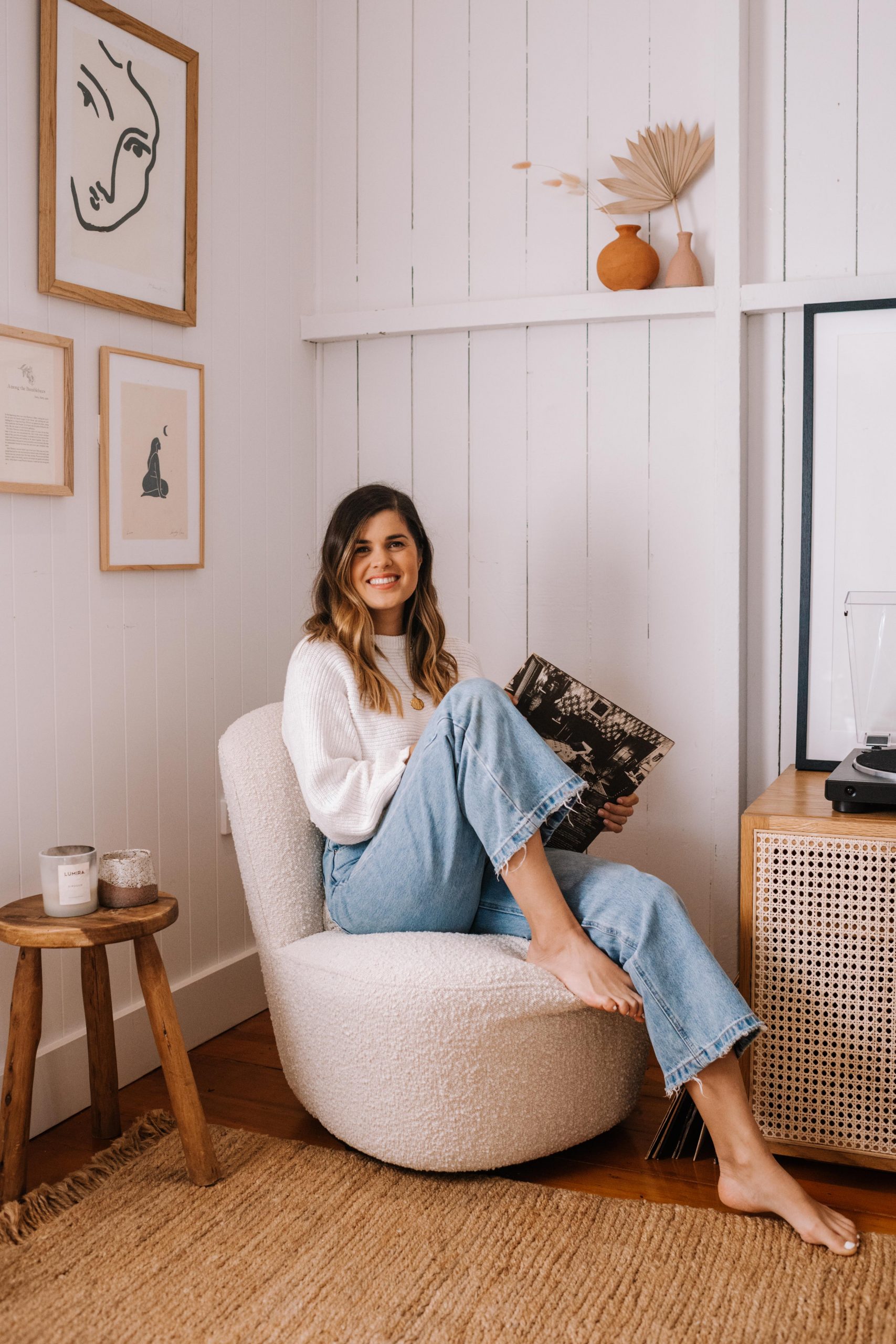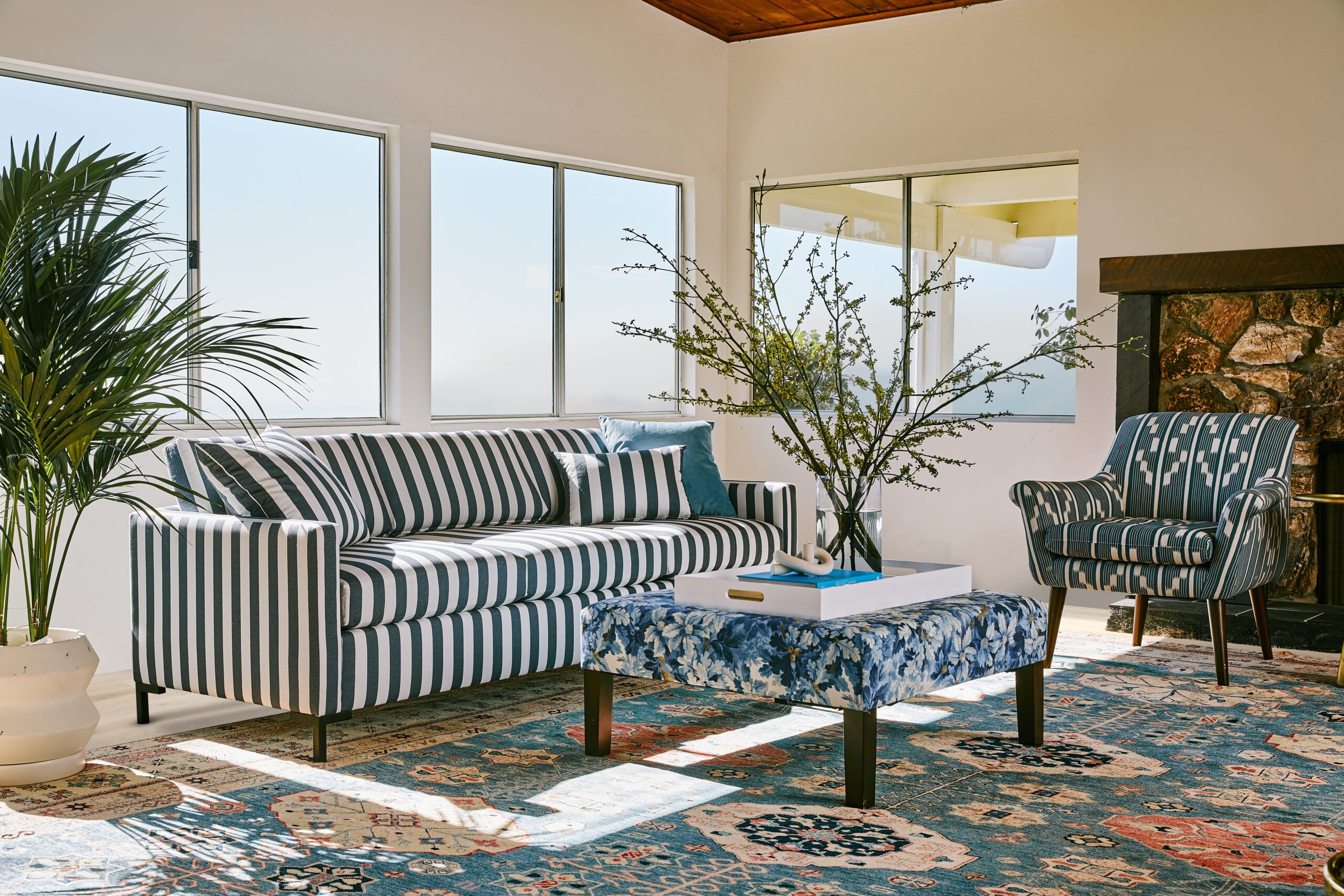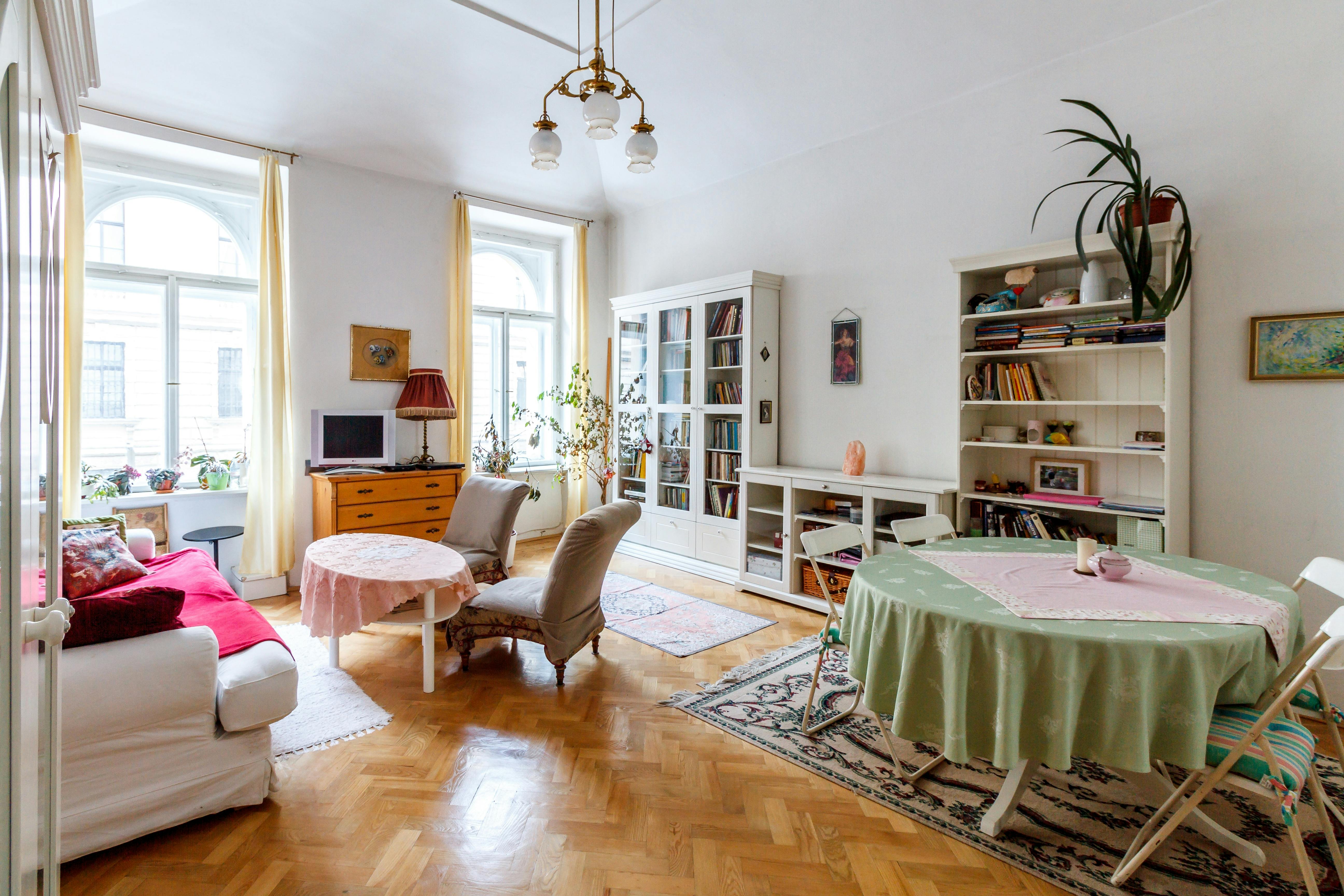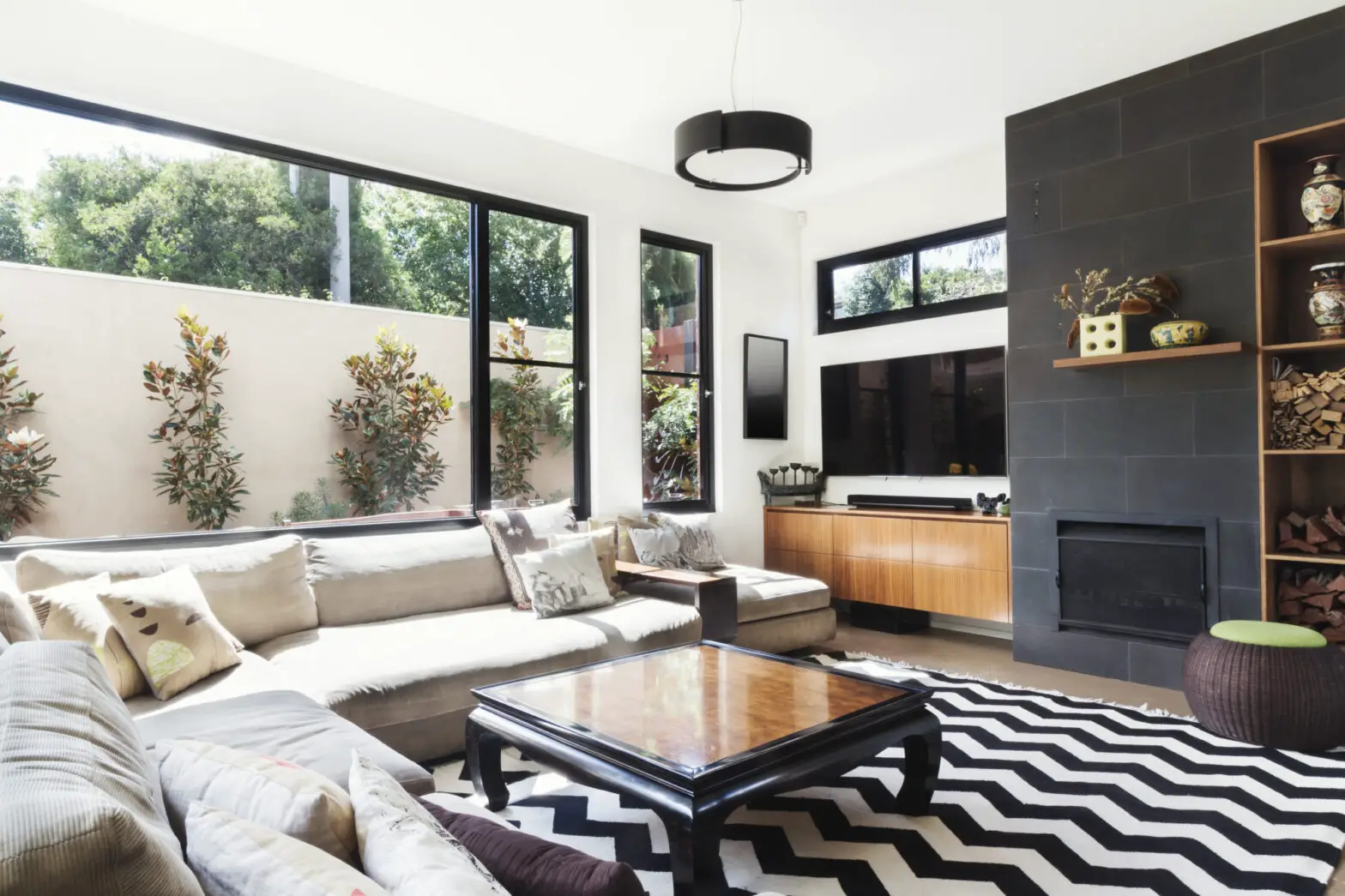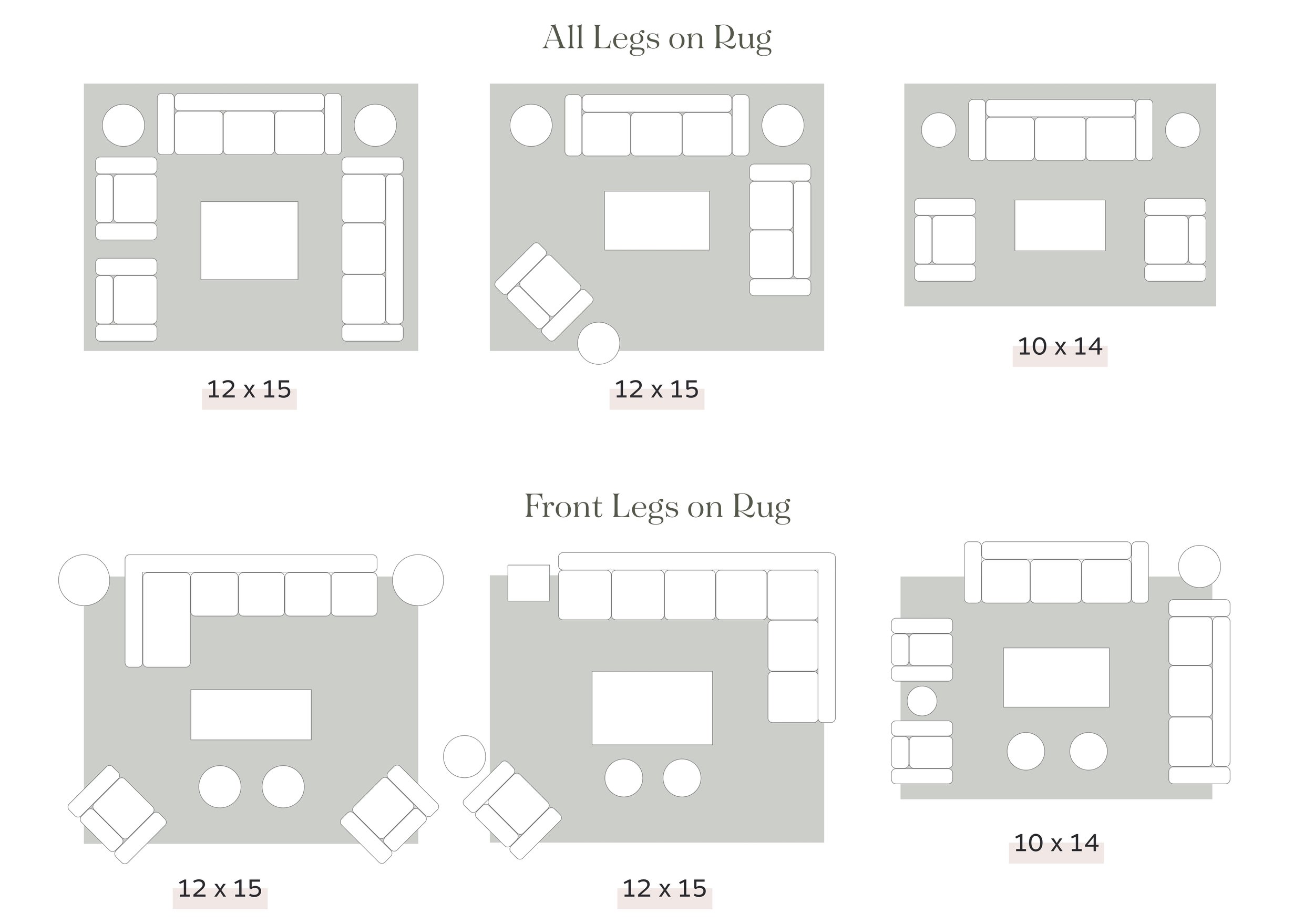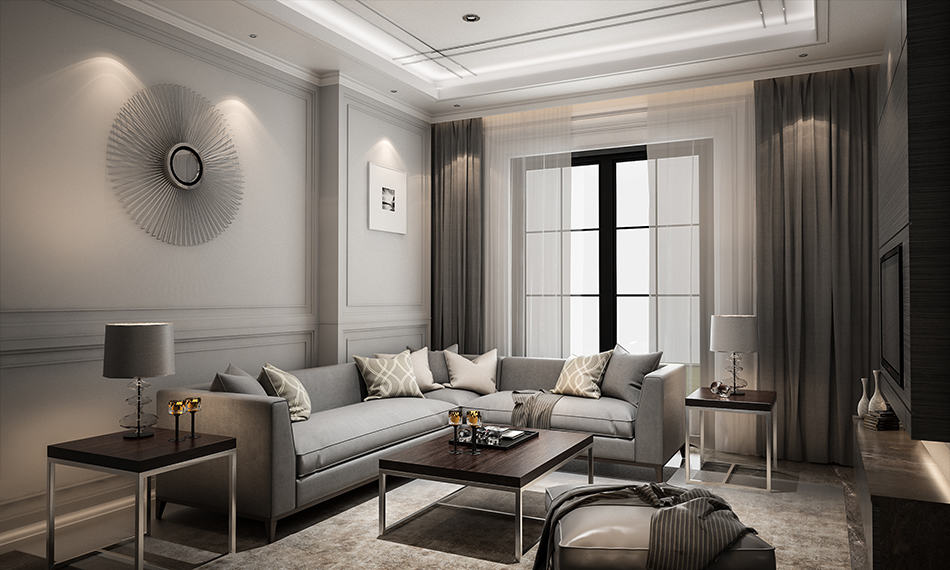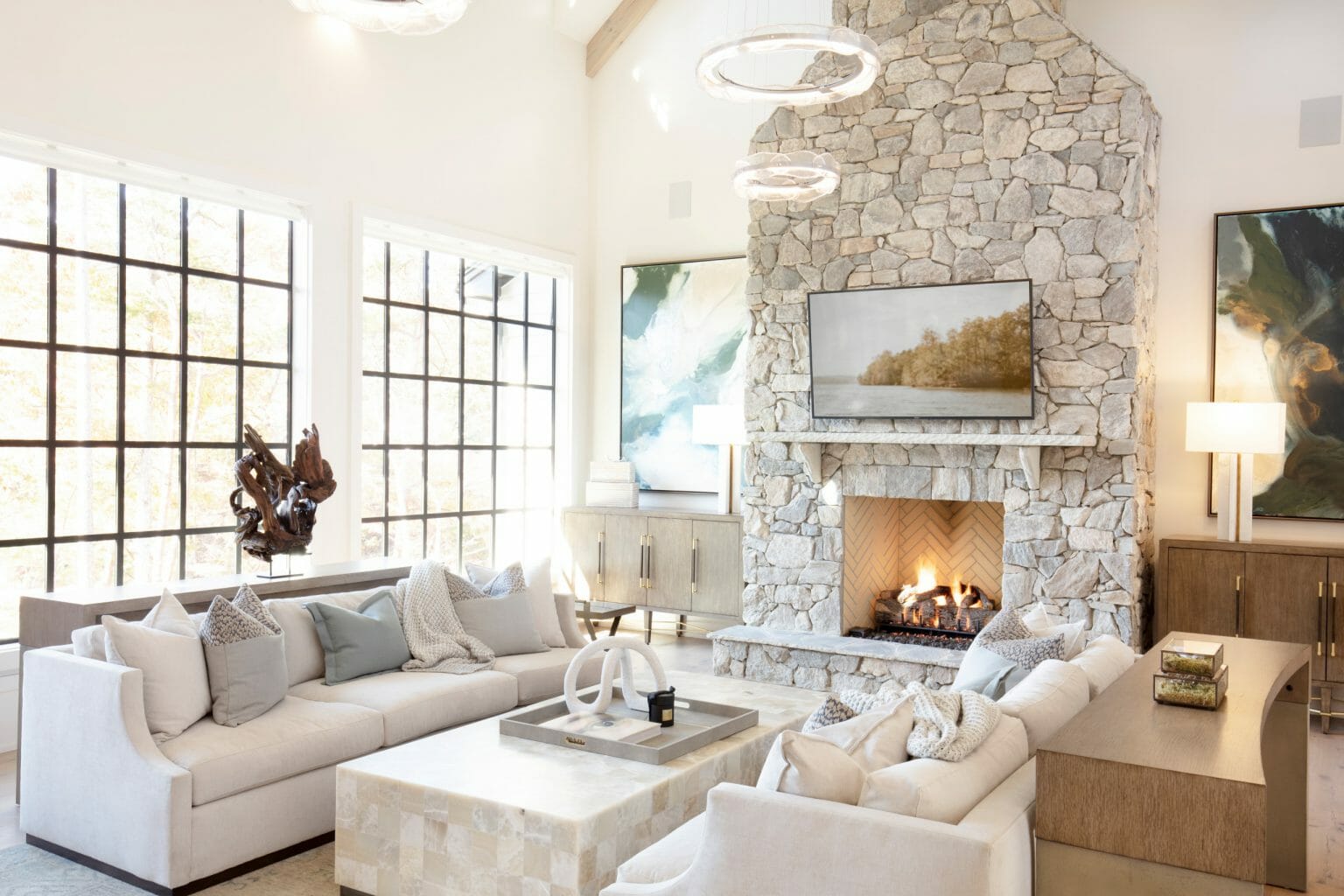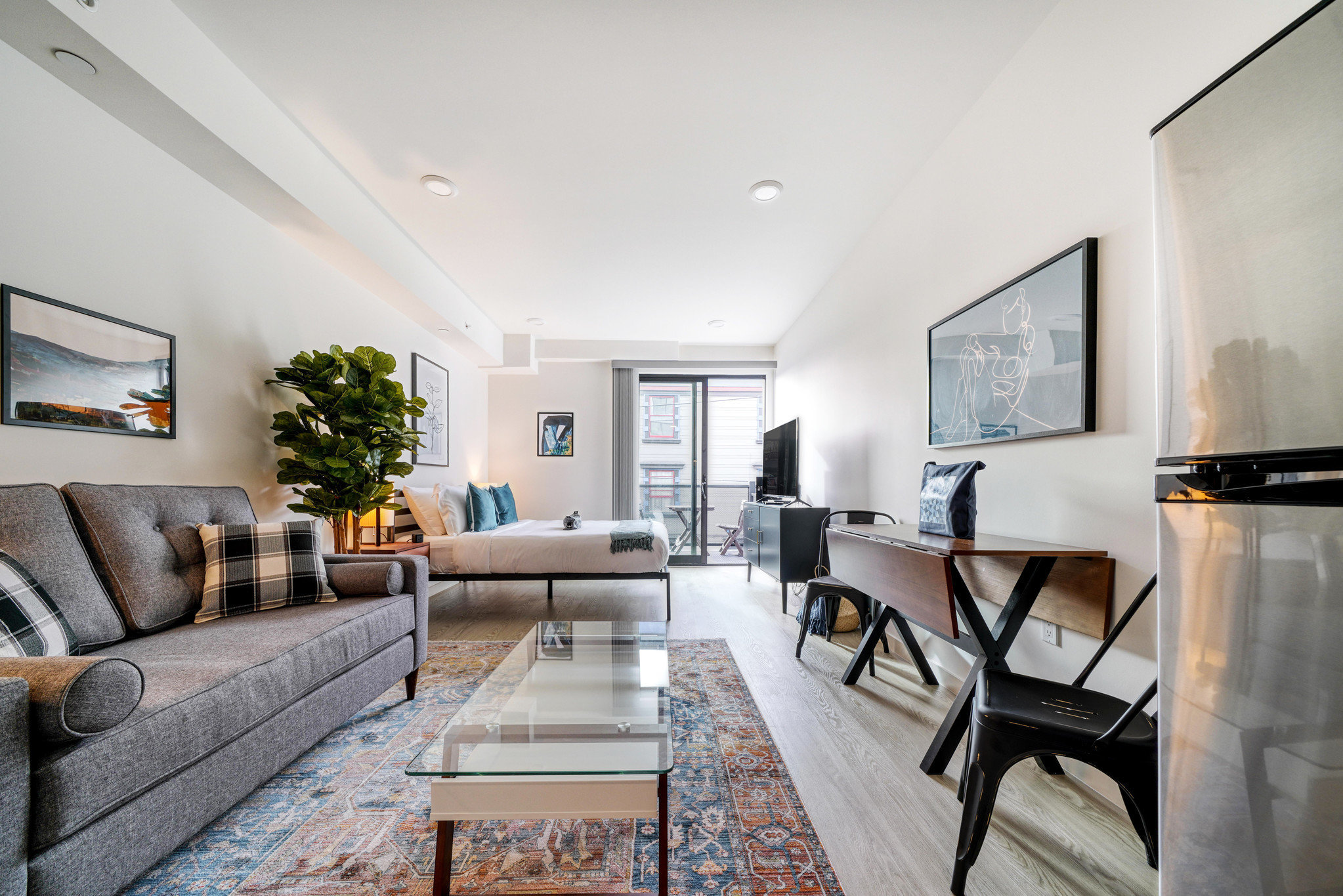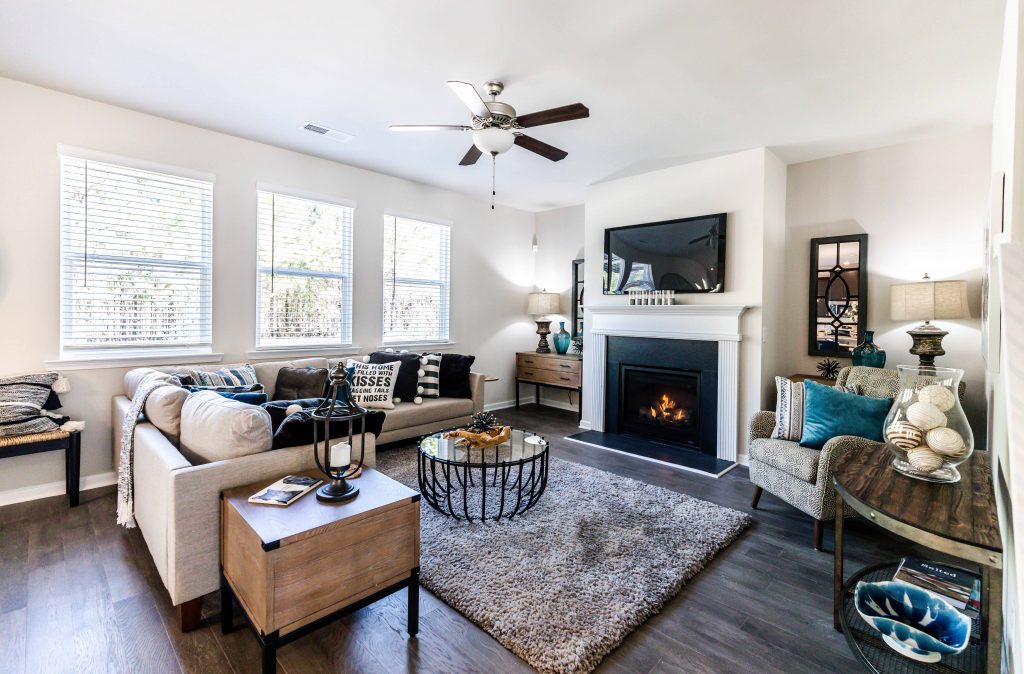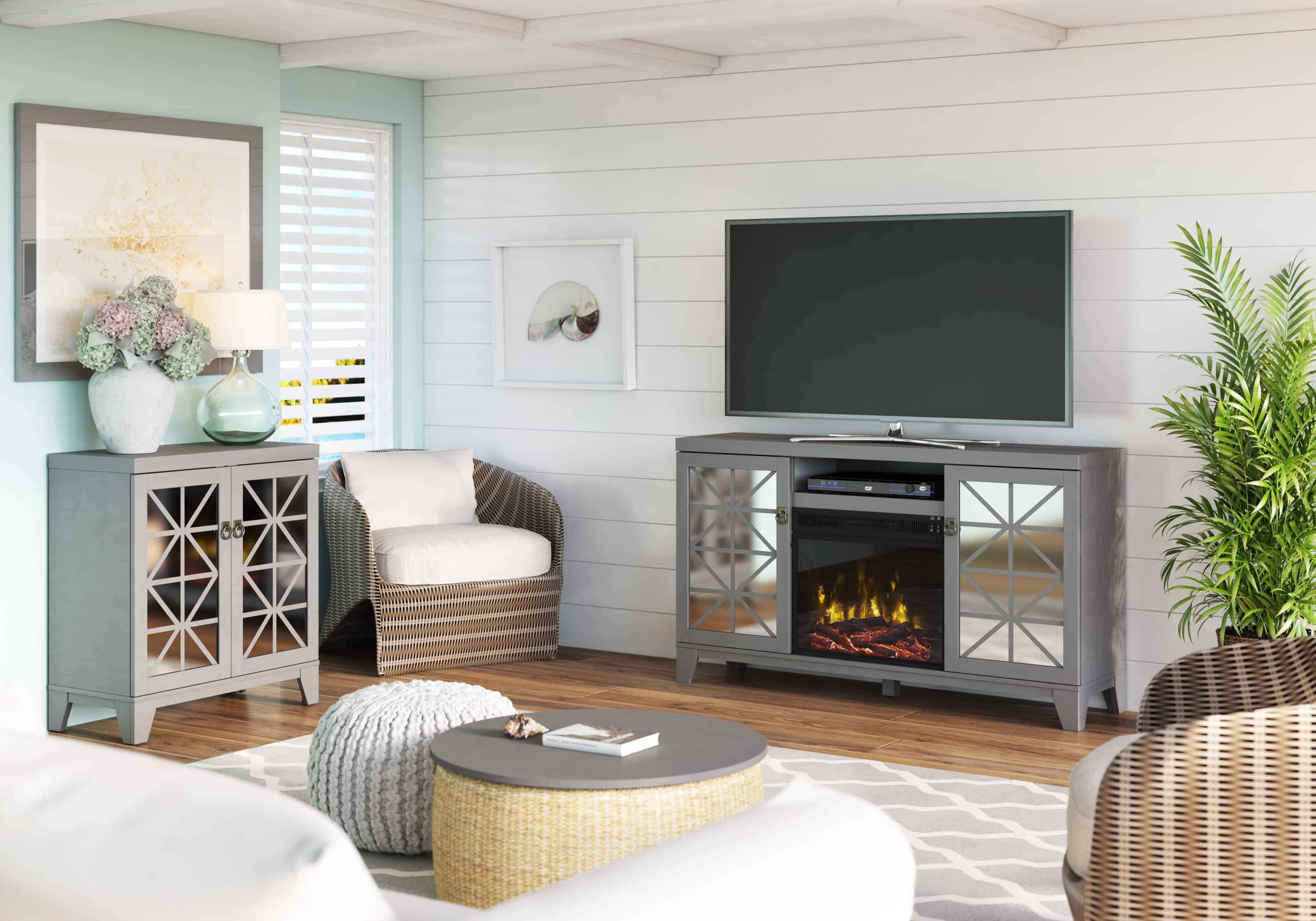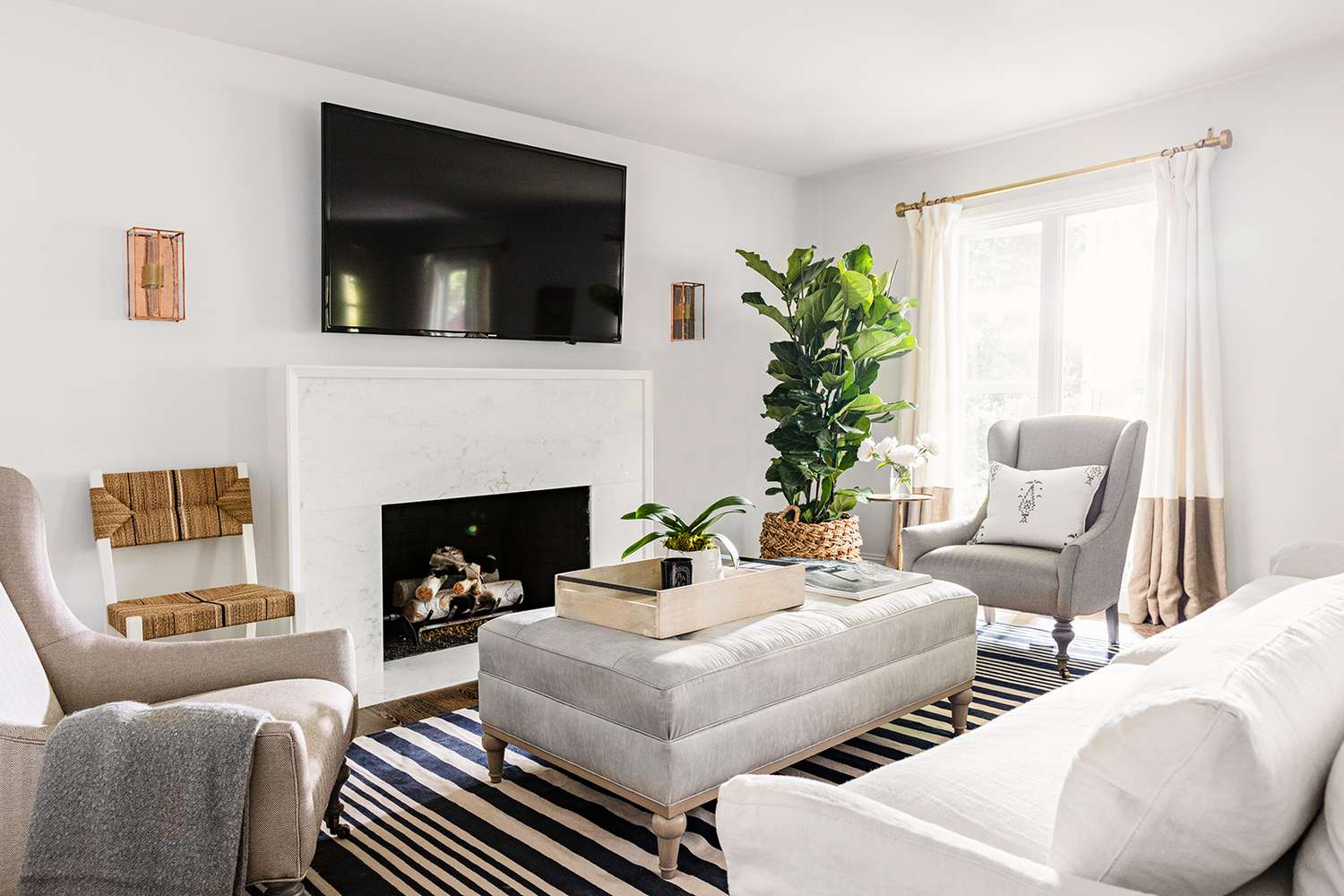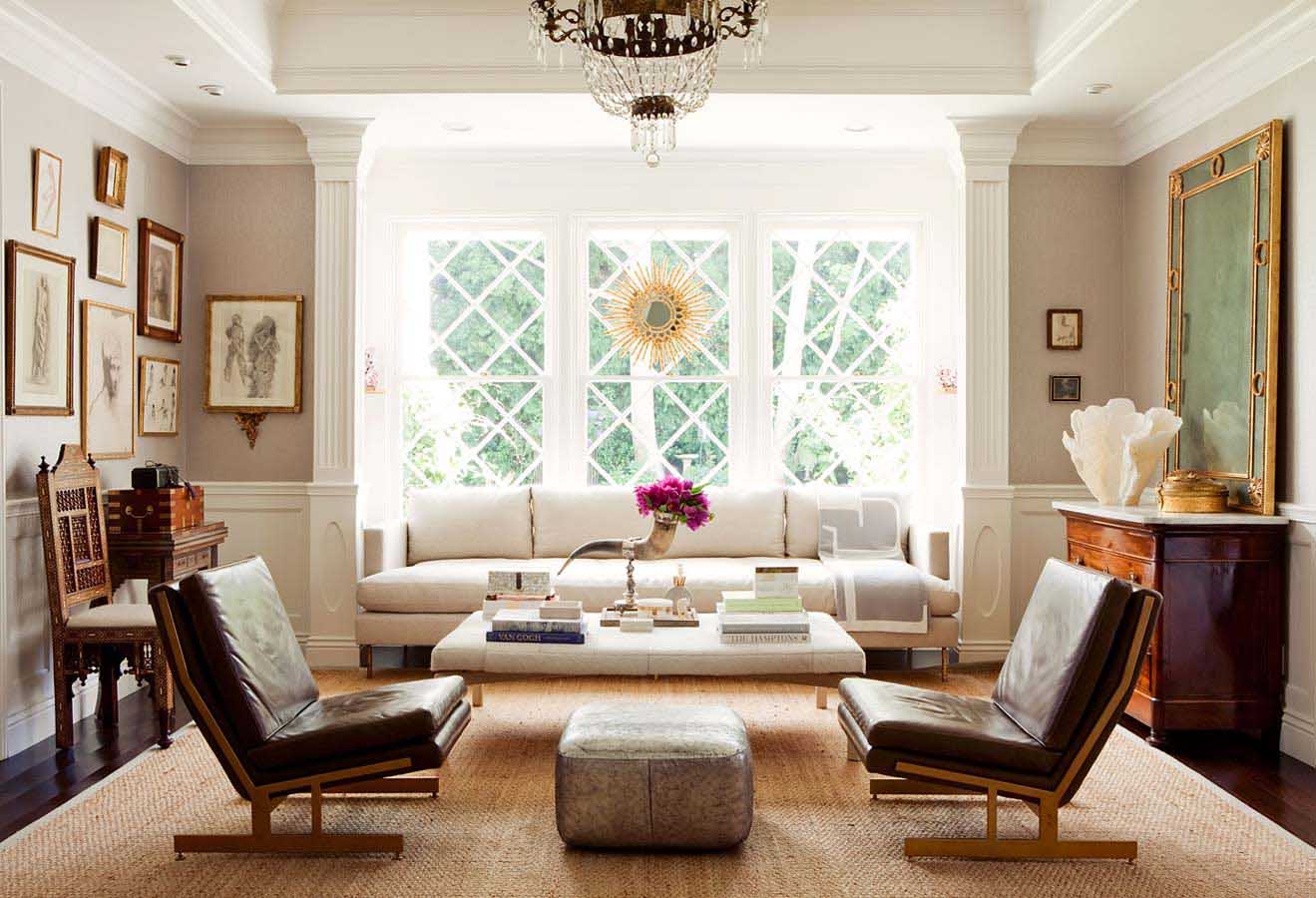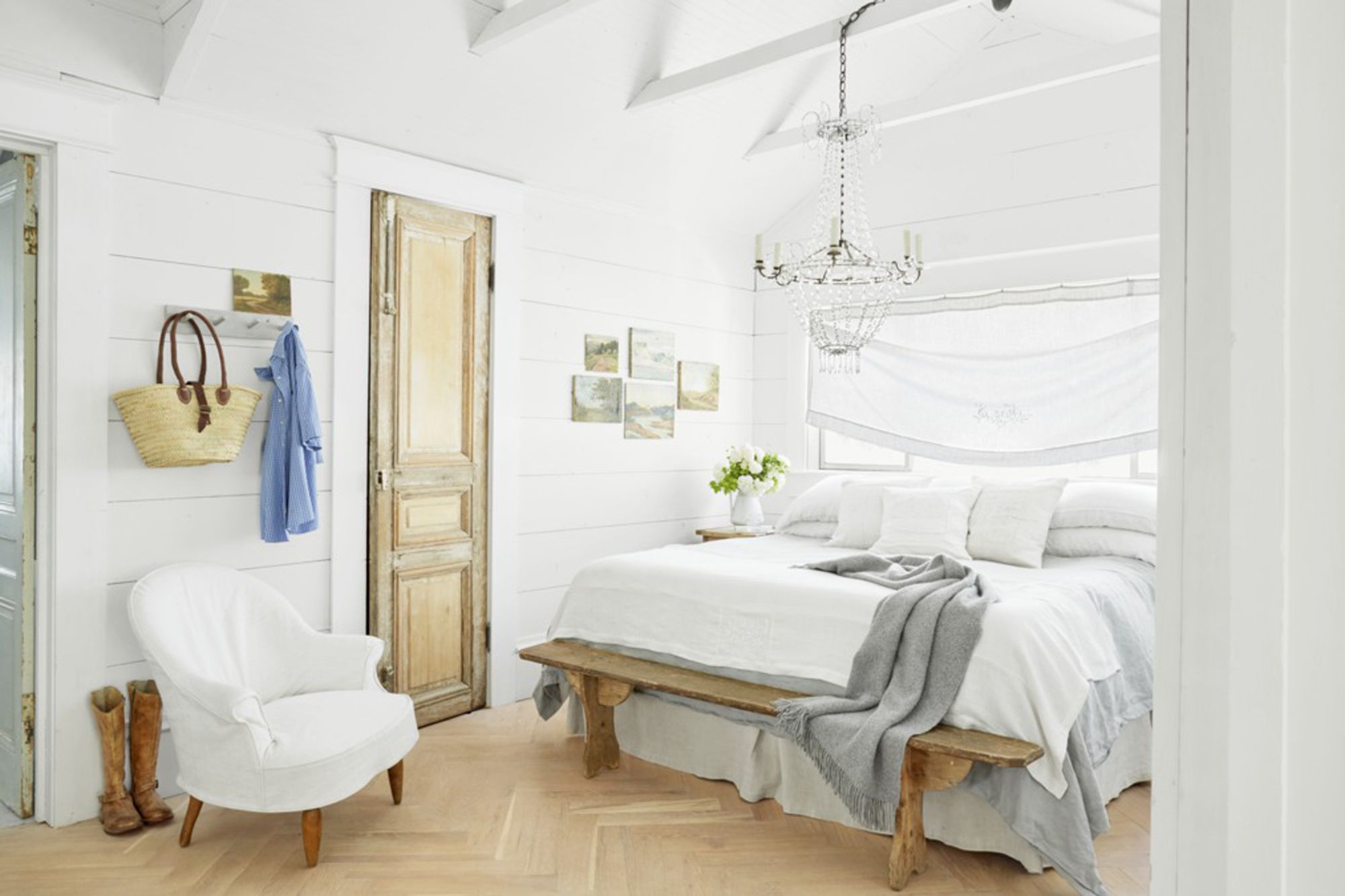Average Living Room Size: How Big Should It Be?
When it comes to designing or remodeling your living room, one of the most important factors to consider is its size. The living room is often the central gathering space in a home, where families and friends come together to relax and socialize. So, how big should your living room be?
The average living room size in the United States is around 330 square feet, according to a recent survey. However, this number can vary depending on the location, age, and type of home. For example, older homes tend to have smaller living rooms compared to more modern homes.
But ultimately, the ideal size for a living room is subjective and depends on your personal preferences and needs. Some people may prefer a cozy and intimate space, while others may want a larger and more open living room. In this article, we'll explore the common living room sizes and help you determine which one is best for your home.
What is the Average Size of a Living Room?
As mentioned earlier, the average living room size in the US is around 330 square feet. This size is suitable for a comfortable and functional living room, allowing space for a sofa, armchairs, coffee table, and other essential furniture pieces. However, this does not mean that your living room should be exactly 330 square feet.
The size of your living room should also take into account the size of your home and the number of people living in it. For example, a large family may need a bigger living room to accommodate everyone, while a single person or couple may be content with a smaller living room.
Standard Living Room Dimensions and Layout Ideas
When designing your living room, it's helpful to have a basic understanding of standard living room dimensions. This will make it easier to plan your furniture layout and ensure that the space is functional and visually appealing.
The standard living room dimensions for a 330 square feet space are roughly 18 feet by 18 feet. This allows enough room for a sofa, two armchairs, and a coffee table, with some space left for traffic flow. However, if your living room is smaller, you may need to adjust the furniture layout accordingly.
When it comes to furniture placement, there are a few layout options to consider. The most common is the traditional layout, where the sofa is placed against a wall, and the armchairs are facing it. Another option is the L-shaped layout, where the sofa and armchairs are arranged in an L-shape, with the coffee table in the center. You can also try a floating layout, where the sofa is placed in the middle of the room, with the armchairs and coffee table surrounding it.
How to Measure Your Living Room for Furniture
Measuring your living room is essential to ensure that your furniture fits and the space is functional. Here are some steps to follow:
- Measure the length and width of your living room using a measuring tape.
- Consider any architectural features, such as windows, doors, and built-in furniture, and factor them into your measurements.
- Create a floor plan of your living room, including the measurements and placement of doors and windows.
- Determine the size of the furniture pieces you want to include in your living room, and make sure they fit comfortably in the space.
- Use your floor plan to experiment with different furniture layouts before making a final decision.
Living Room Size Guide: How to Choose the Right Size for Your Space
As mentioned earlier, the size of your living room is subjective and depends on your personal preferences and needs. Here are some factors to consider when choosing the right size for your space:
- The size of your home: If you have a smaller home, it may be more practical to have a smaller living room to maximize the space.
- Number of occupants: A larger family may need a bigger living room to accommodate everyone comfortably.
- Functionality: Consider how you plan to use your living room. If you entertain often, you may need a larger space to accommodate guests.
- Furniture: The size and number of furniture pieces you want to include in your living room will also impact its size.
Common Living Room Layouts and Ideas
As mentioned earlier, there are a few common living room layouts to consider when designing your space. Here are some ideas to help you get started:
- Traditional layout: This layout is perfect for a classic and formal living room. Place the sofa against a wall, with the armchairs facing it. Add a coffee table in the center, and you're all set.
- L-shaped layout: This layout is ideal for open-concept spaces, as it defines a designated living area. Place the sofa and armchairs in an L-shape, with the coffee table in the center.
- Floating layout: This layout works well in smaller living rooms, as it creates a more open and airy feel. Place the sofa in the middle of the room, with the armchairs and coffee table surrounding it.
How to Maximize Space in a Small Living Room
If you have a smaller living room, it's essential to make the most of the space you have. Here are some tips to help you maximize space:
- Choose multi-functional furniture, such as a storage ottoman or a sofa bed.
- Consider using wall-mounted shelves or bookcases to save floor space.
- Use light colors and patterns to create the illusion of a larger space.
- Avoid clutter and keep the room tidy to make it feel more spacious.
Living Room Size Calculator
If you're still unsure about the ideal size for your living room, you can use a living room size calculator to help you make a decision. These calculators take into account the size of your home, number of occupants, and furniture pieces to suggest a suitable living room size for your needs.
Ideal Living Room Size for Comfortable and Cozy Living
Ultimately, the ideal living room size is one that meets your needs and makes you feel comfortable and cozy. Don't worry too much about following standard dimensions or trends. Instead, focus on creating a space that reflects your personal style and makes you happy.
How to Arrange Furniture in a Living Room
Lastly, arranging furniture in a living room can be a daunting task. Here are some tips to help you achieve a functional and visually appealing layout:
- Start by placing the largest furniture piece, such as a sofa, in the room first.
- Create balance by arranging furniture pieces in a symmetrical or asymmetrical way.
- Leave enough space for traffic flow and movement around the room.
- Consider the focal point of the room and arrange furniture around it.
In conclusion, there is no one-size-fits-all approach when it comes to living room size. It's important to consider your personal preferences, needs, and the size of your home when determining the ideal size for your living room. Use the tips and ideas mentioned in this article to help you create a comfortable and functional living room that you love.
The Importance of Common Living Room Size in House Design

Creating a Comfortable and Functional Space
 When designing a house, one of the most important areas to consider is the living room. This is where families gather, guests are entertained, and memories are made. The
common living room size
plays a crucial role in the overall design of a house as it can greatly impact the functionality and comfort of the space. A well-designed living room not only adds value to a home but also enhances the quality of life for its residents.
When designing a house, one of the most important areas to consider is the living room. This is where families gather, guests are entertained, and memories are made. The
common living room size
plays a crucial role in the overall design of a house as it can greatly impact the functionality and comfort of the space. A well-designed living room not only adds value to a home but also enhances the quality of life for its residents.
Maximizing the Use of Space
 The
size of a living room
is often determined by the available space in a house, but it is important to make the most out of what is available. This requires careful planning and consideration of the layout and furniture placement. A
spacious living room
allows for various seating options, creating a versatile and inviting space. On the other hand, a
smaller living room
can be just as functional and cozy with the right furniture and layout choices.
The
size of a living room
is often determined by the available space in a house, but it is important to make the most out of what is available. This requires careful planning and consideration of the layout and furniture placement. A
spacious living room
allows for various seating options, creating a versatile and inviting space. On the other hand, a
smaller living room
can be just as functional and cozy with the right furniture and layout choices.
Consider the Purpose
 When determining the
size of a living room
, it is important to consider the purpose of the space. If the living room will primarily be used for entertaining guests, a larger size may be necessary to accommodate more seating and movement. For a family-oriented household, a
common living room size
may be sufficient for daily activities and gatherings. It is also essential to consider the needs and lifestyle of the residents to ensure the living room serves its purpose effectively.
When determining the
size of a living room
, it is important to consider the purpose of the space. If the living room will primarily be used for entertaining guests, a larger size may be necessary to accommodate more seating and movement. For a family-oriented household, a
common living room size
may be sufficient for daily activities and gatherings. It is also essential to consider the needs and lifestyle of the residents to ensure the living room serves its purpose effectively.
Creating a Balance
 While a
common living room size
is a crucial factor in house design, it is important to strike a balance between functionality and aesthetics. A well-designed living room should not only be practical but also visually appealing. This can be achieved by incorporating the right furniture, lighting, and decor to create a cohesive and inviting space. A
balance between size and design
can create a harmonious and comfortable living room that meets both the practical and aesthetic needs of its residents.
While a
common living room size
is a crucial factor in house design, it is important to strike a balance between functionality and aesthetics. A well-designed living room should not only be practical but also visually appealing. This can be achieved by incorporating the right furniture, lighting, and decor to create a cohesive and inviting space. A
balance between size and design
can create a harmonious and comfortable living room that meets both the practical and aesthetic needs of its residents.
In Conclusion
 In the world of house design, the
common living room size
plays a vital role in creating a home that is both functional and visually appealing. By carefully considering the purpose of the space, making the most out of available space, and achieving a balance between size and design, a living room can become the heart of a home. So, whether it is a large, spacious living room or a cozy and intimate one, it is essential to pay attention to the
size of the living room
to create a comfortable and inviting space for all to enjoy.
In the world of house design, the
common living room size
plays a vital role in creating a home that is both functional and visually appealing. By carefully considering the purpose of the space, making the most out of available space, and achieving a balance between size and design, a living room can become the heart of a home. So, whether it is a large, spacious living room or a cozy and intimate one, it is essential to pay attention to the
size of the living room
to create a comfortable and inviting space for all to enjoy.






